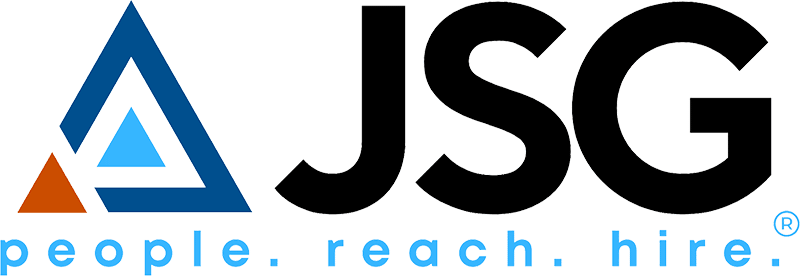In this crazy labor market, it’s not uncommon for an employer to have multiple vacant positions. But have you ever thought about the direct and indirect costs associated with a vacancy at your organization? It’s costing your company a lot more than you may think! Here are a few costs incurred by vacant positions and some tips on how to mitigate them.
Cost of vacancy
The average time to fill a vacant position is 42 days at a cost of $4,129. That’s $98 per day. That’s an extraordinary cost to your company’s bottom line, especially if you have numerous unfilled positions.
However, the time-to-fill and costs vary from industry to industry. In the Professional and Business Services industry, the average time-to-fill is only 25.2 days, just over three weeks. However, average time-to-fill vacant positions in the Healthcare industry is a staggering 49 days. So, depending on your industry, that $98 per day price tag can really add up!
Others are picking up the slack
If you have multiple vacant positions, chances are others on your team are picking up the slack. This is especially true if these vacant positions are critical to the operations of your organization. Regardless of how understaffed you are, some things cannot be left undone. So, now you have employees trying to do their job and someone else’s jobs. And if that’s the case, both jobs are probably not being done as well as they should be.
Unfinished work
The interviewing process takes time (22.9 days on average, to be exact). That’s a long time to take hiring managers, HR, and your team members away from their day-to-day tasks interviewing candidates. With employees away from their desks or workstations, the unfinished work starts to add up. Orders don’t get placed on time, projects start to fall behind, and even your customer service may start to suffer. All of these factors cost your company money (and possibly it’s reputation.)
Speed up your hiring process
The average length of the interviewing process is just over three weeks. If you’re looking to reduce the costs of vacancies at your organization, try to reduce the length of your interviewing process. Don’t wait to bring good applicants in; in a candidate-driven market, they won’t last long! Be open to phone or video interviewing in order to move things along.
After an interview, don’t wait more than a few days to make a decision. Quickly decide whether you want to present an offer or not. The longer you wait, the higher the odds of you getting ghosted by a candidate and having to start your search all over again.
Quick onboarding process
If you’re waiting to start onboarding your new employees once an offer is presented and accepted, you’re making a crucial error. The longer they wait, the more opportunities other companies have to send them a competitive offer. With an unemployment rate of 3.6 percent, your team can’t afford to wait. There are plenty of opportunities out there and if you don’t speed up your onboarding process, a candidate may bail on you and accept a stronger offer from one of your competitors.
Don’t go at it alone
If you are struggling to identify ways to improve your hiring process or implement the changes necessary to attract talented candidates, don’t fight this uphill battle alone. Partner with a recruiter, like one from Johnson Service Group, to get the help you need and reduce your costs incurred from those daunting vacant positions.





